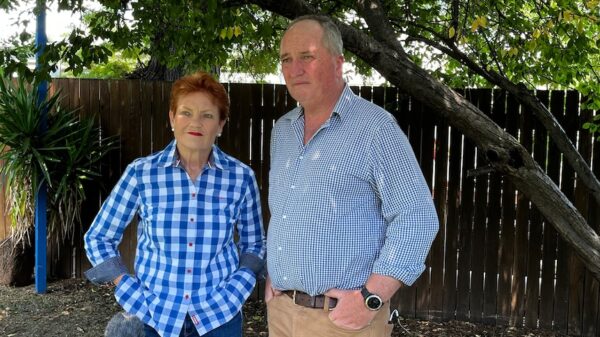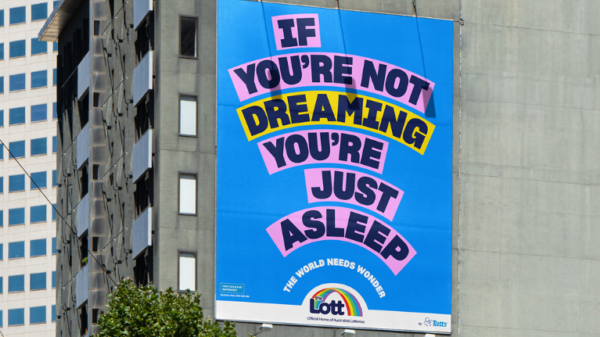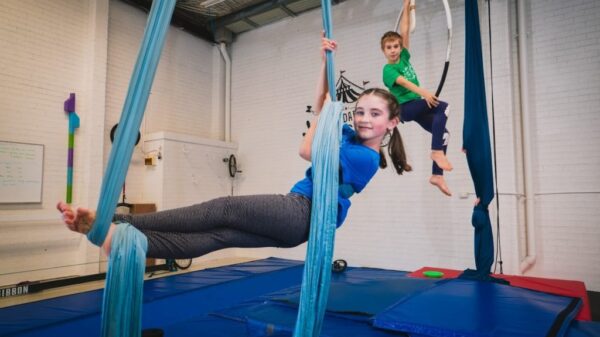A recent survey conducted by Jean Hailes for Women’s Health in partnership with Migraine and Headache Australia has revealed a troubling statistic: one in three Australian women suffer from migraines. This finding challenges previous estimates which suggested that approximately 20 percent of women were affected. The study highlights the significant impact of migraines, especially among women aged 18 to 49, who experience this debilitating condition at alarming rates.
Kate May, a 30-year-old migraine sufferer, shared her experience, stating that daily migraines have made routine activities like sports, socialising, and working full time particularly challenging. Rather than allowing migraines to define her, Kate focuses on manageable activities, such as walking her dog. “I am embracing and accepting that as a normal part of my life, but not making it central to who I am,” she said. This mindset has helped her cope with the challenges posed by the condition.
Survey Findings Expose Prevalence
The survey, which included over 3,600 women, discovered that 13 percent of participants experienced undiagnosed migraines in the past three months. Symptoms reported include throbbing pain, light and sound sensitivity, nausea, and dizziness. According to Sarah White, chief executive of Jean Hailes, the prevalence of migraines among women in Australia is more severe than previously understood. “I did not realise that we would have up to one in three women experiencing migraine in Australia,” White noted.
Emma Foster, a neurologist at Alfred Hospital who did not participate in the study, described the findings as “eye-opening.” She explained that migraines are often misunderstood, as they encompass more than just severe headaches; they are classified as a neurological disease affecting sensory processing. “The attacks last between four to 72 hours. It’s a very distinct type of headache accompanied by additional symptoms that can be even more debilitating than the severe pain,” Dr. Foster stated.
Impact on Daily Life and Work
The consequences of migraines are profound. The survey indicated that 80 percent of women reported that their work was negatively impacted due to migraines, while half indicated that the condition affected their confidence and self-esteem. These findings underscore the significant toll migraines take on everyday life for many women.
Dr. Foster highlighted the role of sex hormones in the frequency of migraines among women, noting that many begin to report symptoms around puberty. Fluctuations in hormone levels, particularly during the menstrual cycle and menopause, often exacerbate migraine occurrences. In addition, environmental factors such as musculoskeletal tension, bright fluorescent lights, and strong odors can trigger migraines for susceptible individuals.
The economic impact of migraines is substantial. A 2018 report by Deloitte estimated that migraines cost the Australian economy approximately $35.7 billion annually. This staggering figure emphasizes the need for increased awareness, research funding, and support systems for those affected by the condition.
Kate May expressed her frustration with the misconceptions surrounding migraines, particularly the tendency for others to dismiss the severity of the condition in young women. “I want to say that young women can get quite unwell, and the data shows that this is something that is happening significantly to working-age women,” she stated. She has found some relief through medication and treatments such as Botox injections and nerve blocks.
As conversations surrounding women’s health evolve, White hopes that the new data will open discussions beyond menstrual and menopause issues. “Women’s health is not just about menstrual and menopause issues. In fact, we have another condition here that really does affect women,” she said.
The findings from this survey not only shed light on the prevalence of migraines among Australian women but also highlight the urgent need for greater understanding, support, and research into this debilitating condition.





























































